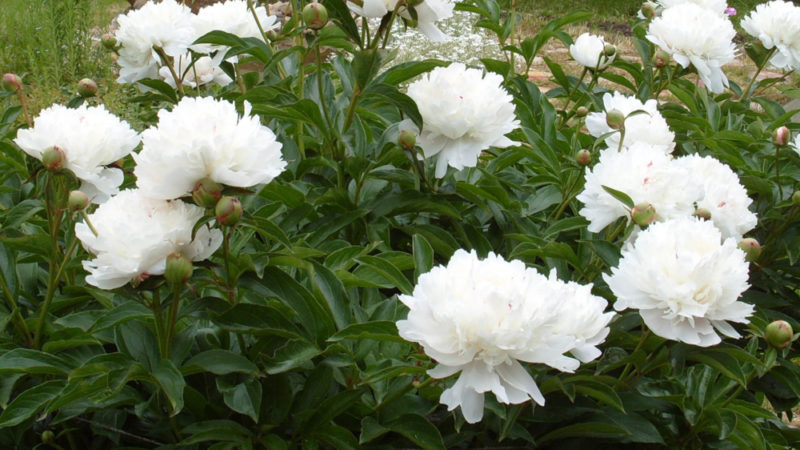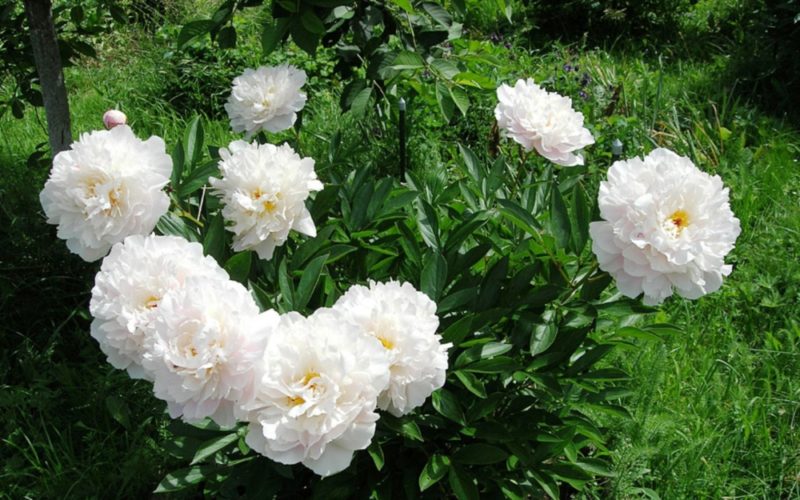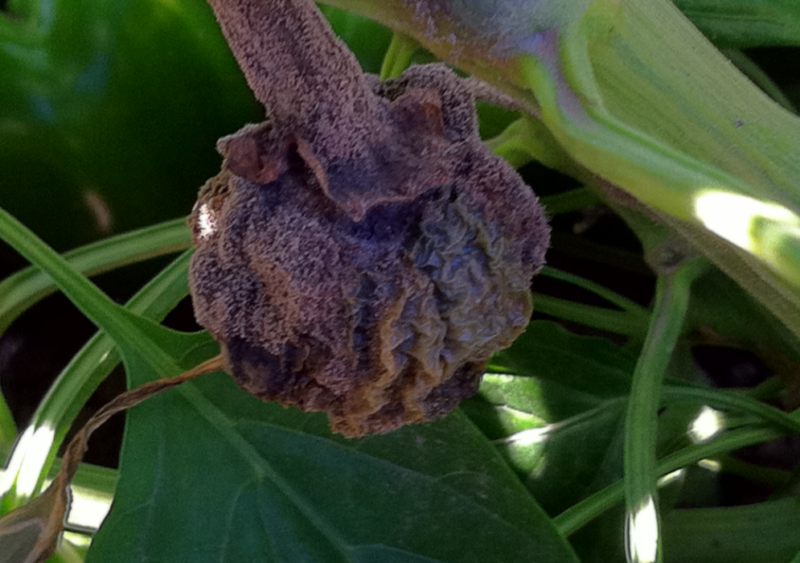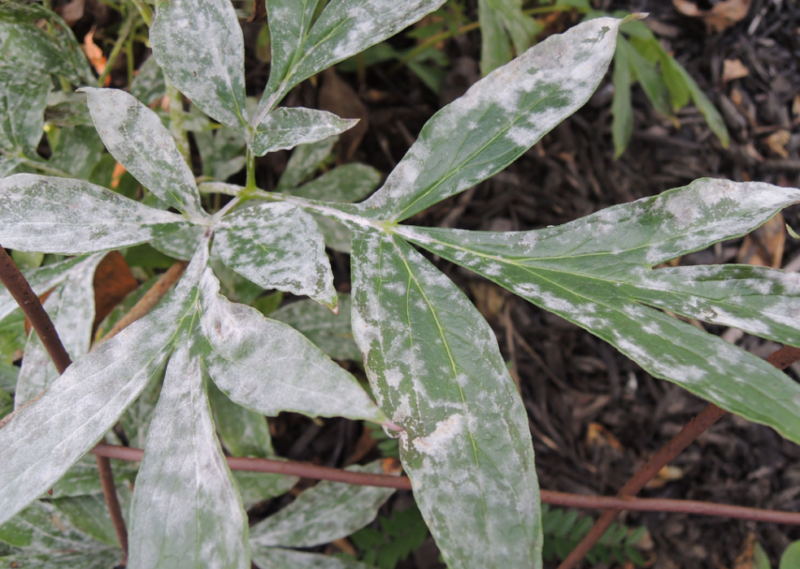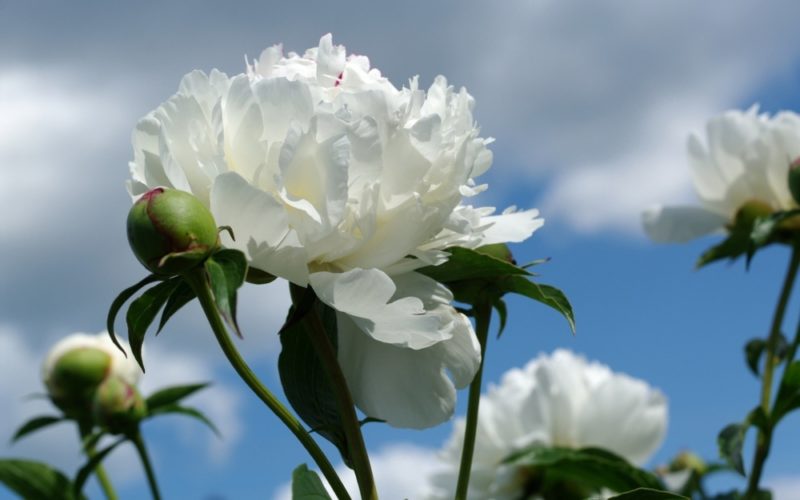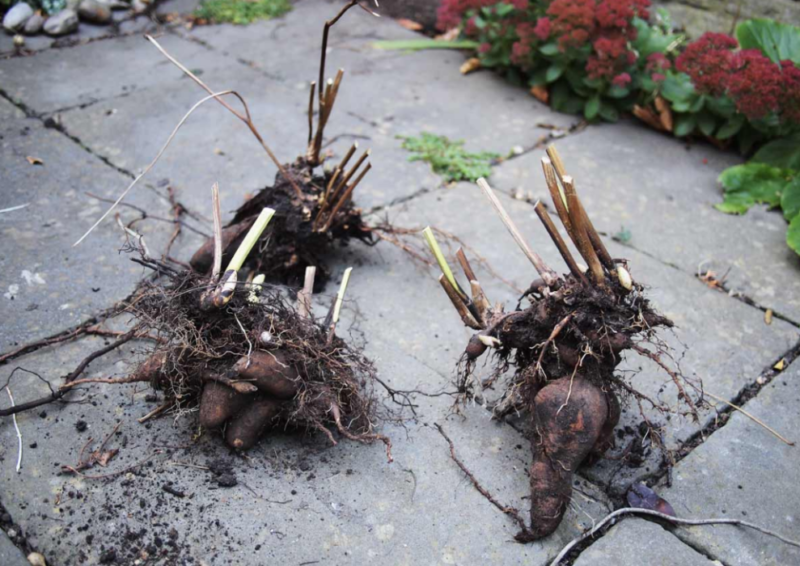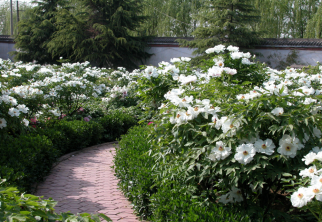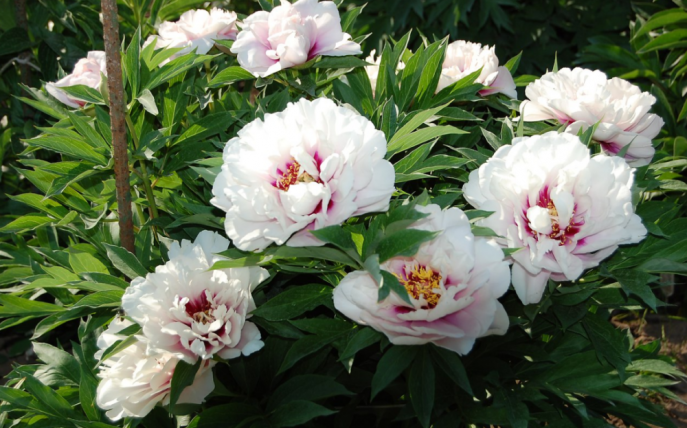Flowers have always been considered the best decoration of any site. Gardeners are looking for the most sophisticated specimens for their flower beds. White peonies - delicate, aristocratic, truly royal flowers - belong to such species.
Material Content:
Tree and grassy varieties of peonies with names
The first mention of this culture dates back to Ancient Greece. Then the plants began to be planted in Asia. The territories of the palaces of the Chinese emperors have always been decorated with these beautiful buds on thin elegant legs.
It was from the white peony that the remaining varieties were bred, of which there are a great many today.
They are divided into tree-like and grassy.
The main difference is that the former are grown in bushes, while the latter are grown separately. Depending on the external structure, the flowers are divided into anemone, semi-double and double.
The most popular varieties of white tree peonies:
- White Jade.
- White Phoenix.
- The smell of Lily.
- Koshinuyuki.
- Maria.
- Silk veil.
- White Empire.
Among the white grassy peonies differ:
- White Swan.
- Rose Marie Lens.
- Yellow King
- Shiril Temple.
- Brother Chuck.
- Duchesse De Nemours.
- Mom's favorite.
- Ansantress.
- Elsa Sass.
- Ballerina.
These specimens have a magnificent appearance and delicate aroma.
Planting flowers in the open ground
The best time to plant is autumn.
And the soil should be prepared at the end of summer.
In order for the flowers to grow well and delight with an amazing view, you should carefully select the suitable territory for them:
- A plot without shading, where the sun's rays freely penetrate.
- A windless place is better if there are other bushes and trees around.
- Planting is recommended not very close to the house, having stood a distance of several meters.
- The soil should be loamy.
It is advisable to choose a place for planting a tree type separately for each bush.
Therefore, the distance must be kept within 80–90 cm. At the same time, the depth is 40–50 cm, and the diameter is 60–70 cm. Broken bricks are poured onto the bottom of the pit, they are thrown on top with soil mixed with fertilizer (horse manure, ash, potash- phosphate mixture). Next, the seedlings are dug into the recess and covered with soil. Then it is necessary to water the plant - 10-15 liters of water for each bush.
Diseases indicated by pain
All varieties of white peonies have good immunity to ailments, but may not resist certain types of pests. Most diseases do not cause much harm. However, some forms entail the death of the plant.
Rust
The first signs of damage are visible after a flowering period. Rusty spots appear on the leaves. On the other side of the plate, swelling forms where the fungus lives. When the wind blows, spores spread throughout the site. Leaves dry and bend. The immune system of the peony suffers. The flower partially loses resistance to disease and frost.
The fight must begin immediately after the detection of the lesion. All damaged foliage is burned, and the plant itself is treated with Bordeaux liquid.
Gray rot
This ailment affects the root system and buds. The main sign is wilted sprouts. They turn gray. After a while, the plant dies. The disease affects the stem and buds, which fade without ever blooming. In rare specimens that managed to please their flowering, the petals almost immediately turn brown and fall off.
The best method of struggle is the removal of affected areas and the treatment with Tiram. And also foundationazole or colloidal sulfur is suitable.
Powdery mildew
With this disease, a white coating resembling flour is formed on the leaves. This scourge does not cause severe harm, but spoils the appearance of the plant.
A solution of soda ash, combined with laundry soap, will help get rid of it. Just do not make it more than 0.5%.
Features of caring for white peonies
Care for the culture as a whole is standard - the same as for other flowers. But there are some nuances. To understand them, the description of the variety by individual species will help.
For example, the incredible beauty of Shirley Temple needs to be planted close to the surface of the earth and the required fertilizer. Before freezing, the stems must be cut, and the flower itself should be covered with protective material.
Duchesse De Nemours is very resistant to unpleasant weather events, but when planting it is necessary to ensure that the kidneys remain on the surface.
Peony "White Swan" does not tolerate acidic soil. It must often be watered and fertilized with a potassium-phosphate mixture.
"Ballerina" blooms before the rest. Pretty unpretentious variety, but needs shelter for the winter.
Caring for the rest of the specimens also includes moderate watering and regular fertilizer. The only point that you need to pay attention to is the planting of flowers after many years in the ground. This is done in the last month of summer using the usual division of the rhizome.
Breeding methods
Reproduction is possible only after three years from the moment of planting.
- The selected plant is carefully dug up, after tying the stems.
- Then it is taken out and the rhizome should be washed properly.
- Then cut the shoots to 5-7 cm.
- Before dividing, you need to consider the root system. Bad roots must be removed.
- Places of cuts are treated with charcoal.
- After that, the roots are separated or cut off with a sharp peg.
It is important to remember that for good adaptation of the peony, the presence of buds on the neck of the root and several leaves on the stem is necessary.
And you can also divide the plant by layering. To do this, you need to pin down the shoots from the bushes to the ground and sprinkle them with fertilized soil.
Use in landscape design
White tree peonies themselves already represent a beautiful garden composition. They are beautiful and elegant like brides waiting for their grooms. For a better look, you can plant many different varieties, varying in shades. Small shrubs are suitable for creating rocky gardens.
Grassy peonies look very gentle and aesthetically pleasing. With their help, it is easy to form a monoidal tiered flower bed. To create it, plants are divided by length and shades, so that the transition is smooth. It is also permissible to plant other flowers here. The main thing is that they do not get out of the general composition.
White peonies, unlike other species, can be combined with almost all plants. These flowers will be a magnificent decoration of any site, making it the subject of envy and admiration.



